Coalescence &Separation Filter Elements
Describe:
The coalescence separation filter element is generally cylindrical in shape, and the coalescence separation filter element is used in the oil-water separation system, mainly separating the oil-water mixture, suspension solution, emulsion solution, etc. The application flow of coalescence separation filter in the system can be divided into solid-liquid separation-demulsification-coalescence-separation. In the system, the number of Coalescence Filter and separation filter is better than that of 3:1, the effect of coalescence is good and the separation speed is fast.
Principle and characteristics:
The surface treated glass fiber or polyester fiber is mainly used as the coalescence medium. The structure of the Filter Material is 0.1 μ m by special design. The filter medium has good coalescence performance. Working process: after the emulsified oil enters the coalescence separator, it first enters the inner filter core from inside to outside, and the small liquid droplet in the dispersed phase changes from small to large. Finally, it falls off on the surface of the coalescence filter core and completes the coalescence process. In the process of flow separation, the larger water drops sink into the sink by gravity, and the small water droplets flow along with the oil to separate the filter elements. The separation filter has hydrophilic effect to block the passage of water. Small water beads collide to form large water droplets, which then settle into the sink again, thus dehydrating the oil.
Different packing sizes should be selected according to different oil-water systems: the smaller the packing size, the larger the specific surface area per unit mass and the larger the contact area with droplets. As a result, the performance of the coalescence filter element is enhanced. Therefore, it is suggested that the separation efficiency of coalescence filter should be taken into account when choosing fiber size, and the pressure drop should be taken into account at the same time.
Range of applications
1. Aviation fuel, gasoline, kerosene, diesel.
2. Cyclohexane, isopropanol, cycloacetone, etc.
3. Turbine oil and other low viscosity hydraulic oil, lubricating oil.
4. Other hydrocarbon compounds.
5. Liquefied petroleum gas, stone tar, benzene, toluene, xylene, cumene, polypropylbenzene and so on.
Coalescence &separation Filter Elements Ptfe Membrane,Separation Filter Elements,Coalescence Filter Elements,Coalescence Filter Henan Sinofiltec Technology Co.,Ltd , https://www.sinofiltec.com
Excuse me, the above paragraph does not know whether it scares you. Actually, the matter is far less complex than you think, as long as the insulation and grounding are good for wiring the ISG pipeline pump, do not worry about electric shock. Still have to be careful to prevent the wire from handling the wires when the wire is not connected to each other. Short circuit afterwards. In short, safety is no small matter. Be careful to drive for years.
International practice is preceded by safety warnings. Now that theory and practical operations are concerned, the ISG pipeline pump power supply wiring methods are generally divided into three types.
Star connection.
Corner connection.
Star-delta connection method (that is, mixed connection of star and corner)
Today is the time for work. It is such a good time on the weekend that we can't spend much time in the office. Get off work and finish this topic tomorrow!
Well, after the happy weekend passed, it was time to return to the post to continue the topic of several power wiring methods for ISG's pipeline pump motors. Originally I wanted to paint this picture myself, but I found it readily available online, so I took it. Used, I believe the author will not mind it, here to thank the author's selfless dedication.
We now use the following four pictures to understand the motor wiring method. 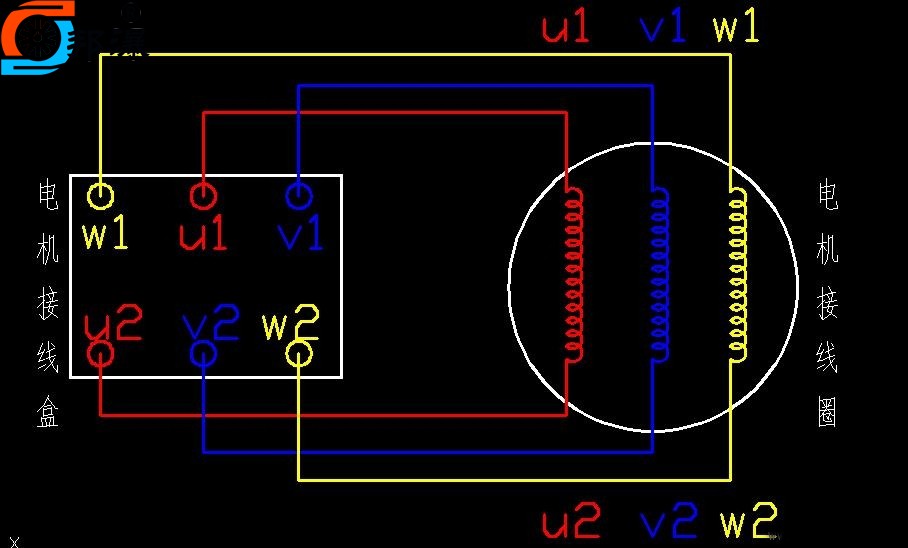

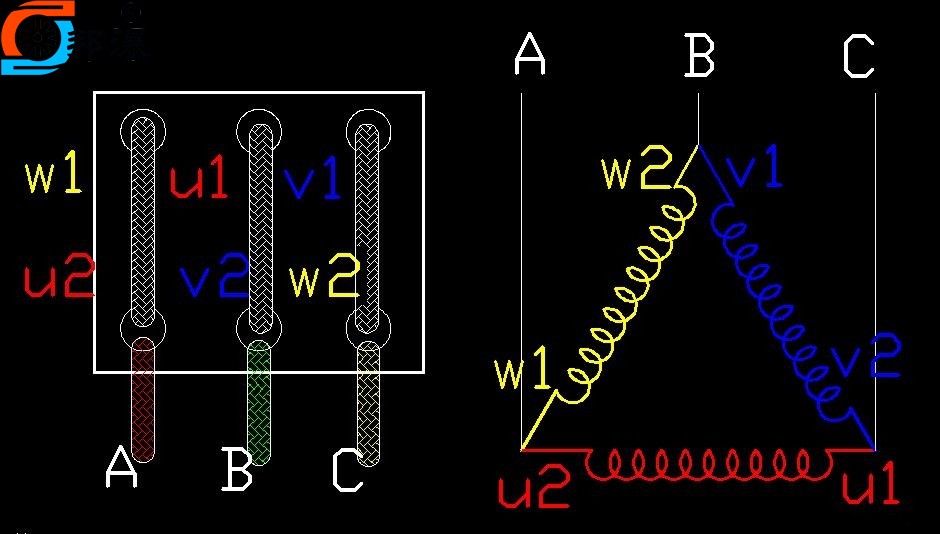
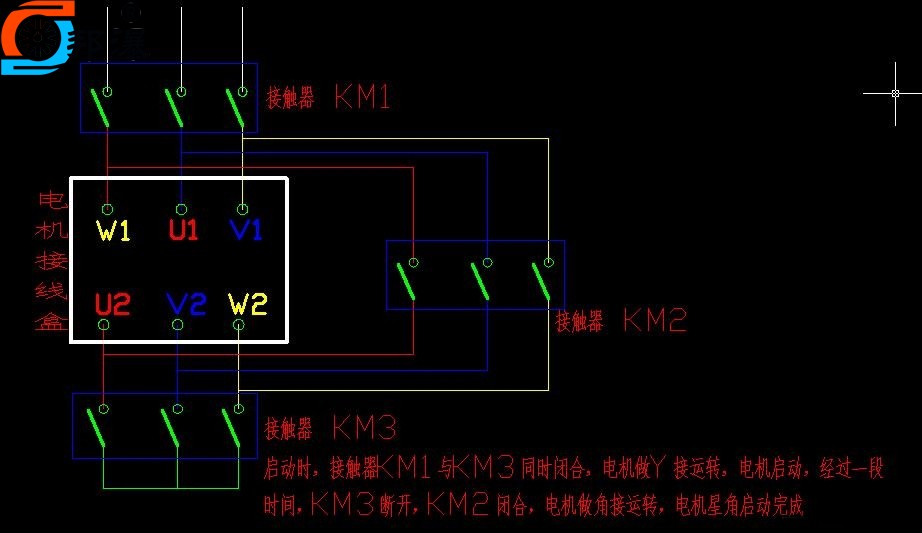
Note: In the winding coils with the same voltage and the same wire diameter, the star connection method is 3 times smaller (1.732 times) than the triangular connection method and the power is also 3 times smaller than the root number. The connection of the finished motor has been fixed to withstand a voltage of 380V and is generally not suitable for change. Only when the three-phase voltage level is different from the normal 380V change the connection method such as the three-phase voltage 220V level when the original three-phase voltage 380V star connection to the triangle connection can be applied, such as the original three-phase voltage when the three-phase voltage 660V level The 380V delta connection is changed to a star connection to apply its power unchanged. General low-power motors are star-connected high-power delta connections. If the rated voltage should be connected with a delta-connected motor, if it is changed to a star connection, it is a step-down operation and the motor power is reduced. The starting current is also reduced. Star-connected motors with rated voltage should not be allowed to operate with overvoltage if they are changed to delta connection. High-power motor (triangular connection method) starts with a large current in order to reduce the impact of the starting current on the line. Generally, a step-down starting is used. The original triangular connection operation is changed to star connection. Starting is one of the methods. After starting, it is converted back to triangle-type connection operation (ie, star delta step-down start-up).
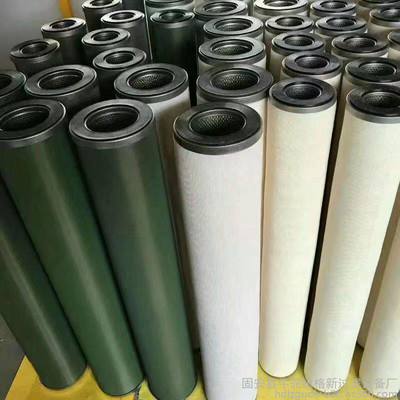
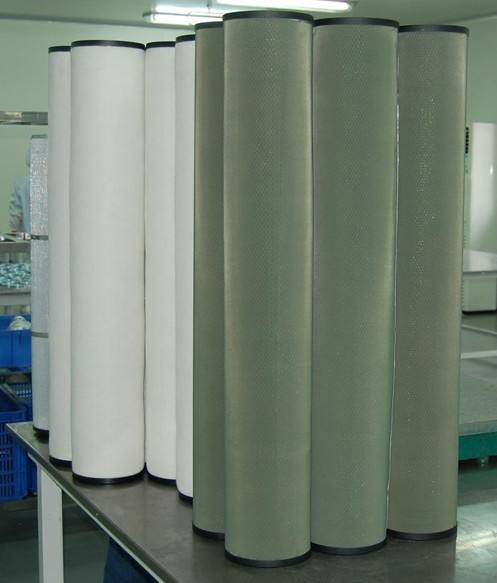
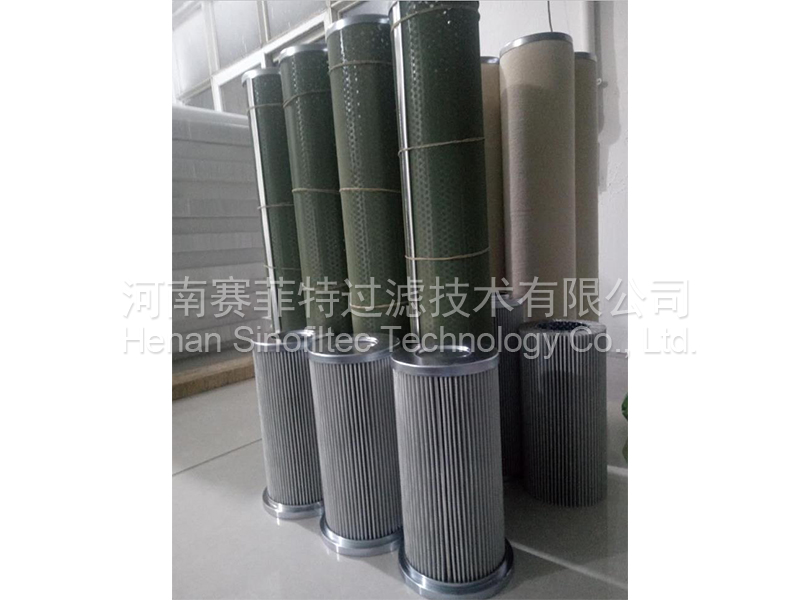
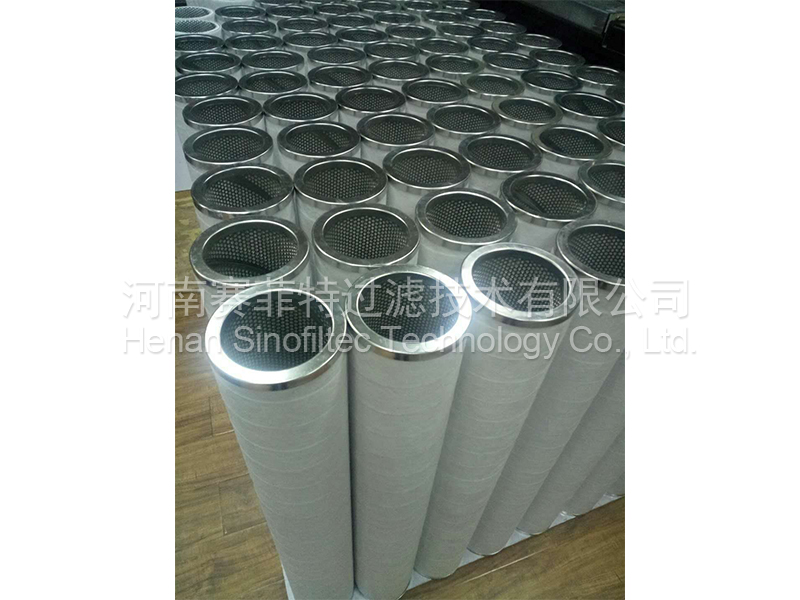
Several power connection methods of ISG pipeline pump motor
Several kinds of power supply wiring methods of ISG pipeline pump motor, whether in production or use in the pump industry, inevitably require that the water pump motor be connected to the power line, power testing, installation and debugging. This is not a problem for the veterans who have fought for many years in this industry, but for new students who are just getting into the stage, this problem can sometimes become complicated and simple. However, if it is not fully understood, it will naturally be complicated, because it is a risky job after all. If you do not understand and act with caution, resulting in an accident, you will burn the motor and cause death by electric shock.
Three-phase asynchronous motor winding schematic
Three-phase asynchronous motor star wiring schematic
Three-phase asynchronous motor triangle wiring diagram
Three-phase asynchronous motor star triangle step-down wiring diagram